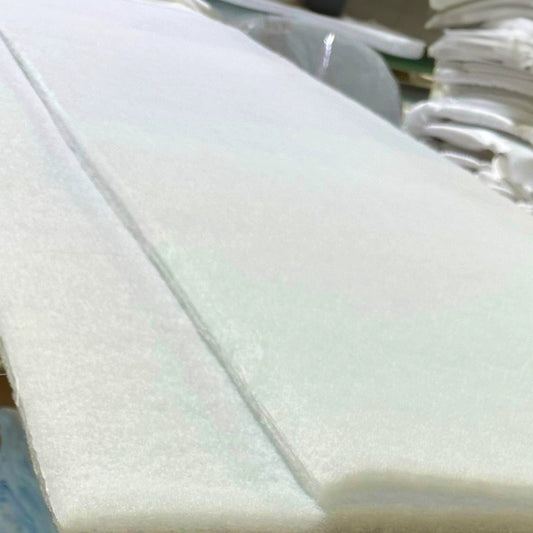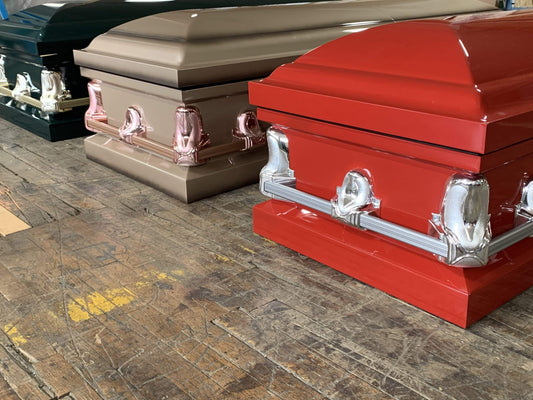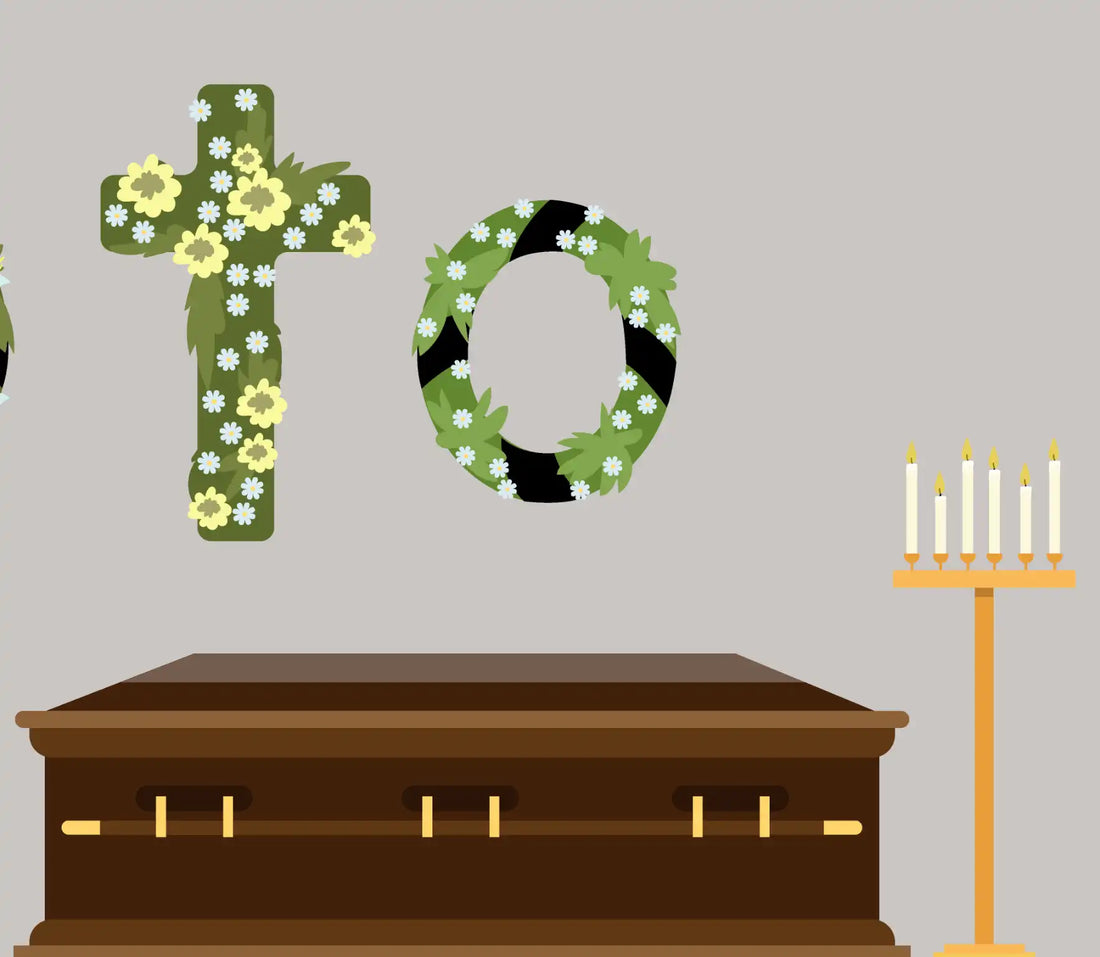The Difference Between a Burial and a Cremation
The kind of casket used for a cremation and burial are different. To delve deeper into this, you must first understand how a cremation is different from a burial. A cremation entails the deceased's body being incinerated, having their remains turned to ashes. In the case of a burial, the body stays intact. A cremation and a burial happen after the death of a person, upon their funeral and memorial service. At a burial, the body is laid to rest in the ground or even interred in a sepulcher. The remains from a cremation may be distributed to the deceased’s family or scattered or entombed, or even buried in the earth. In both cases a casket may be used, it is not necessary, however, to be cremated in a casket.
Burial Vs Cremation
Requirements for a Burial Versus a Cremation
Now that you can imagine how a burial is different from a cremation, in terms of what happens to the body, you must also know what is required for both services.
There are specific requirements the family of the deceased has to arrange for if they opt to have their loved one’s body cremated. It is normal for families to view their loved one’s body before the cremation. You may be required to rent a casket for the service. During the cremation, the body is placed in a coffin that is most often made of wood. When the ashes from the cremation are collected, they must be preserved. You may need to look at an urn for this storage. For a very basic burial service, the family of the deceased may be required to make the following arrangements. First, you may need a casket purchased and not rented or borrowed. People usually choose between a metal casket or a wooden casket. Some people may even opt for a biodegradable casket— made for willow weave or banana leaf, for instance. The priority here is for the casket to be combustible. A cemetery plot is another critical element you must make sure to have in place. Usually, families do not have ancestral land and must purchase a cemetery plot to bury their loved ones. This is an expensive step, most of the funeral expenditure might go into this process. You also got your hands on a burial vault made of concrete. This ensures that the casket stays up and does not plummet into the ground. Finally, a headstone, as a gravemarker, is necessary to be put on the grave for family and friends to find the plot.
A Burial Casket
Based on the difference between the processions, requirements and appearance of a burial and a cremation, it is fair to believe there is some difference between the caskets used in either. A common burial casket is:
- made from any material since it is buried underground.
- People often opt for caskets with a gauge to ensure the body is not contaminated as easily.
- Can also be used for the viewing service, prior.
- The casket can be wider and heavier than a cremation casket since it does not have to be burned.
- This casket can have any material finishing, since it is not being burned.
- Unlike a cremation casket, the burial casket cannot be made of any flimsy material like cardboard, since the intention is for it to last a long time.
- Since these caskets are more expensive and less makeshift, they must be ordered or booked in advance.
- They must have enough space inside, in case the body of the deceased is being buried alongside some of their favorite items/articles.
A Cremation Casket
A cremation casket varies in many ways from a burial casket. Here are some of their key characteristics:
- Since they are meant to be burnt to ashes they must be made of a combustible material like weave or wood.
- Since those opting for a cremation, especially a direct cremation, are not often looking for an elaborate service, and the less expensive casket.
- These caskets must not have any metal finishes on it, since it makes it especially tedious to power the remains to ashes after.
- They need to be extra spacious, since the body passed through the cremator is stripped of all their possessions when they pass through.
- If it is a traditional cremation, the casket may be more sturdy for viewing. In this case, you may rent or buy one for the funeral and use another cheaper, flammable option for the cremation.
What to Choose?
While making your final choice, you may use insights from this article to guide you. There is no fixed answer, only certain rules that may govern your decision (non-metallic caskets for cremations and non-flimsy caskets for a burial). Whatever your pick, you can browse between several smart options, only on Titan Casket.

![Upgrade to Premium Weight [18-gauge steel]](http://titancasket.com/cdn/shop/products/casketthicknesswithnumbers.png?v=1680642906&width=533)



